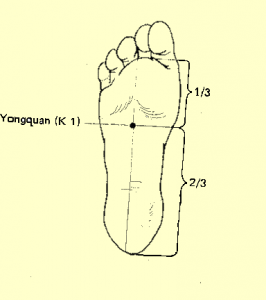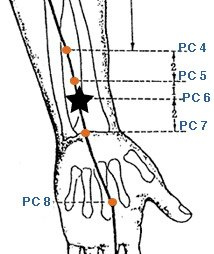I’ve talked briefly before about Fall in the Pacific Northwest, but let’s get into some more details about how the weather here literally leads to Damp in our bodies. I was out playing in our great outdoors, and on the way back, a fellow adventurer asked me if the soggy Portland climate affected how I practiced. It was an interesting question, so I figured I’d share my response.
In Chinese medicine, you can be “invaded” by EPIs – External Pernicious Influences: Heat, Cold, Damp, Dryness, and Wind (There are actually two types of Heat, but I’m simplifying here). Damp Heat infection examples include yeast and urinary tract infections. Damp Heat in the Gall Bladder* can cause jaundice.
Damp can also start internally. Remember that in this system we have energetic organs* with special duties. The Spleen transforms food into energy (I think they actually meant the pancreas!), and is important in fluid management. If the Spleen fails, or if there is an invasion, fluids accumulate into Damp. A classically Damp body is overweight. Other symptoms include heavy limbs, stiffness, and edema (fluid retention). Damp left unchecked can further consolidate into Phlegm. This may be literal mucus or lipomas (fatty tumors), or “invisible Phlegm” like brain fog or even depression.
Oregon is, of course, a very wet place! Whether the rain itself penetrates us, or the fact that hiking isn’t as much fun when you have to slosh through the mud… either way, living here can definitely contribute to obesity. Be sure to get off the couch and enjoy the sun when you can. I don’t think getting your skin soaked has an effect in terms of Damp, but a light rain jacket and hat can make a real difference in your comfort level, so gear up and go have some fun outside!
Sugar, alcohol, and dairy are the biggest Damp culprits in our diet. Microbrew and local cheese, anyone? Nourish your Spleen with protein and hearty cooked vegetables. This is especially important going into Fall and Winter, but don’t neglect them in favor of a completely raw diet even in the Summer.
Acupuncture is a great way to drain Damp, clear Heat, and restore balance to your system. Please ask if you have any questions!
* Energetic organs are typically capitalized to emphasize their distinct nature from our literal, anatomical organs.



